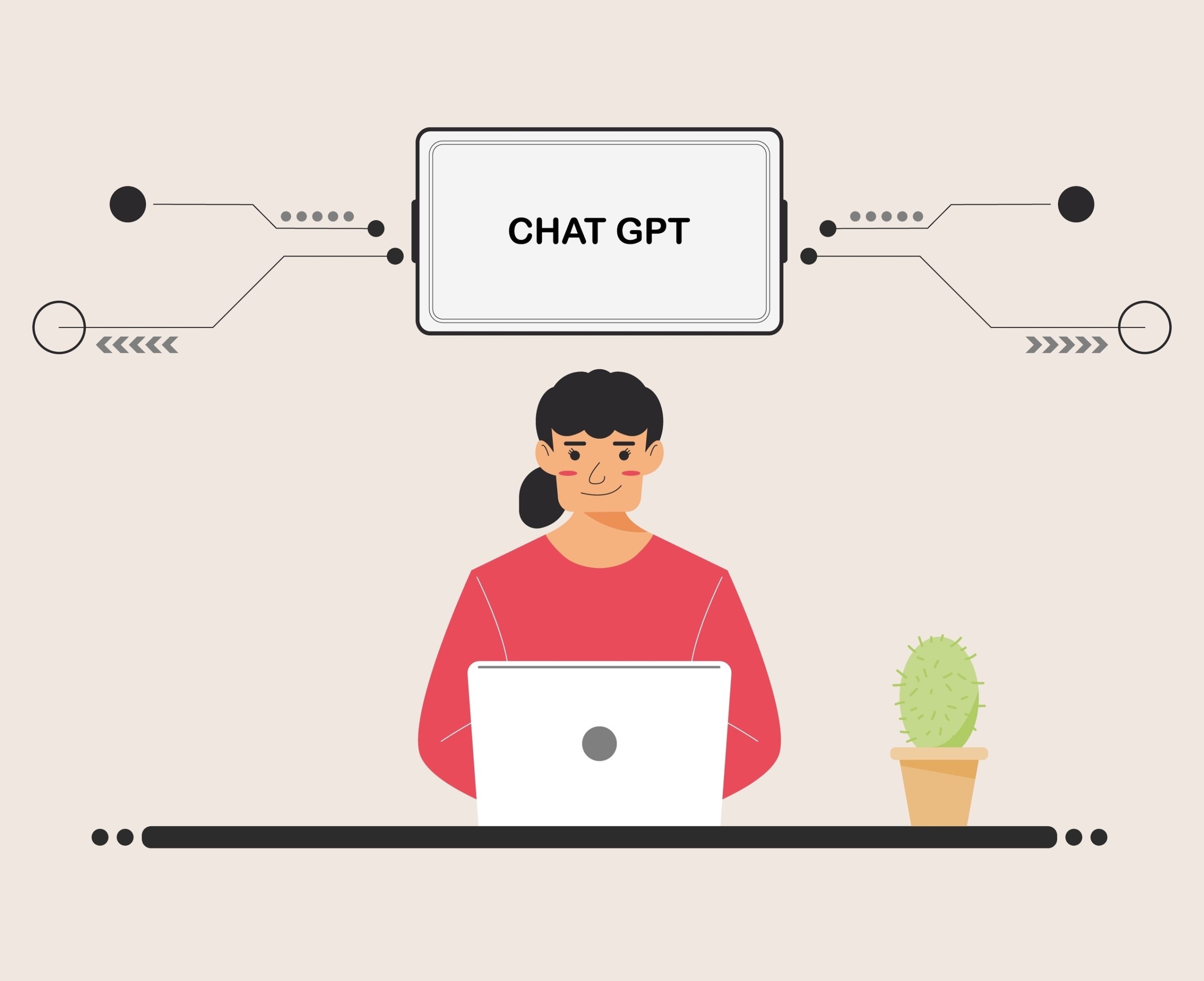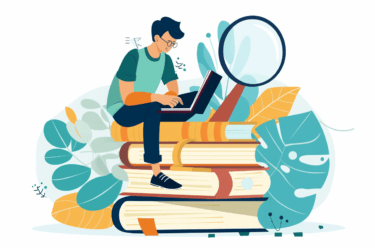Most of the world’s universities quickly reacted to the changes brought by the development of AI to the educational process. While for most fields have been positively impacted by AI, educational institutions are concerned about academic integrity.
Can universities detect ChatGPT?
Students generate essays in a few seconds instead of independently thinking and expressing original thoughts. Because of this disservice, they do not acquire the skills to form their own ideas and logically express them in writing, do not process the material, and do not learn qualitatively.
So universities are getting ahead of themselves by providing teachers with reliable services that quickly and accurately check the presence of ChatGPT, for example, TraceGPT by PlagiarismCheck.org. Since this is also a matter of cheating, an additional AI detection feature has been added to the most popular plagiarism checkers. There are also separate tools and Chrome extension for deep analysis.
Can professors tell if you use ChatGPT?
Yes, teachers can tell you if you have used ChatGPT. Experienced professors can even determine it without additional tools. With a special GPT plagiarism checker, it becomes even easier, faster, and more undeniable. After all, such a tool as, for example, TraceGPT can determine with 97% accuracy which sentences were most likely not created by a person but by artificial intelligence. The tool gives not only a percentage result (how much AI is present in the text) but also marks the sentences according to their origin in color. Machine-learned algorithms analyze the writing style, the vocabulary used, predictability, and many other metrics.
So, professors will definitely notice even partial use of chatbots if they utilize reliable tools like TraceGPT.








